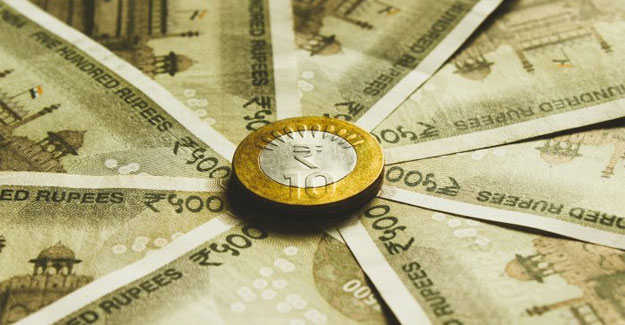
Policy Measures Provide Temporary Relief To State Finances
Onus On Centre To Extend Support The impact of the nationwide lockdown is being felt by both private businesses and governments alike. However, the burden of implementing the lockdown and ensuring that essential goods and services remain available to the citizens has fallen on the shoulder of the state governments. As a result, they are facing the double whammy of dried-up cash flow and higher expenditure. To overcome this unprecedented liquidity mismatch, the Reserve Bank of India and the central government have announced several measures which are indeed welcome steps to ease the liquidity pressure of states but India Ratings and Research (Ind-Ra) believes this will provide only temporary relief to the state governments. The measures are (i) increase in the Ways and Means Advances (WMA) limits to state governments by 60% over the existing limit as at FYE20, (ii) increase in the number of days a state can be in overdraft continuously to 21 working days from 14 and the number of days a state/union territory can be in overdraft in a quarter to 50 working days from 36, (iii) allowing states under Article 293(3) of Constitution of India to raise Rs 3.2 trillion during the first 9MFY21 of which they are slated to borrow Rs 1.27 trillion during 1QFY21 (states in two tranches have already borrowed Rs 446.88 billion and as per borrowing calendar another Rs 152.25 billion is proposed to be borrowed in April 2020) and (iv) advance release of Rs 110.92 billion central share from state disaster risk management fund for FY21 and Rs 61.95 billion revenue deficit grant under 15th finance commission. Additionally, the investment in consolidated sinking fund (CSF), guarantee redemption fund (GRF), government securities and auction treasury bills (ATBs) will also aid the states in mitigating liquidity/resource crunch (in mid-August 2019, 24 states were members of the CSF and 18 of GRF scheme). The regulator provides a special drawing facility to state governments against the collateral of CSF, GRF, ATBs and government securities. The interest rate charged on this facility is 200bp lower than the repo rate. As on 29 February 2020, all states combined had Rs 1,287.56 billion in CSF, Rs 74.07 billion in GRF, Rs 6.62 billion in government securities and Rs 481.02 billion in ATBs, totalling Rs 1,849.27 billion. Ind-Ra has analysed the monthly expenditure of 18 states (based on their FY21 state budgets) for April 2020 and the liquidity available with the state governments in the form of CSF, GRF, ATBs and government securities, FY21 market borrowings and increased WMA limits. Most of the states (14) will be able to make payments on their commitments in April 2020. However, four states – Himachal Pradesh, Jharkhand, Rajasthan and Uttar Pradesh - despite the support mentioned above, may face pressure in the near-run and may find it difficult to make payments, if the lockdown continues beyond 3 May 2020. Significant revenue from own sources has dried up and if the lock down continues, many more states will find it difficult to make payments. Several states have already deferred a part of the salary of state government employees. In such a situation, Ind-Ra believes the central government will have to do the heavy lifting of raising money and pass it on to the state governments for expenditure. The central government, though being the best credit in the country, is also facing headwinds of higher borrowing costs in the lock down; the challenges for the states are much larger. The spread on state development loans auctioned on 13 April 2020 for a 10-year period was in the range of 110-115bp. For Kerala, the spread on 15-year state development loan widened to over 200bp. The WMA relief is too little to help, as it means additional liquidity of just Rs 193.35 billion. Ind-Ra believes the short-term liquidity enhancing measure may provide some reprieve, but is not the solution for the shortfall in states’ revenue. Most states may be able to make payments in April 2020 using reserve funds, enhanced WMA limits, and other revenues. However, if the revenue sources of the states remain weak even in May 2020, it will be difficult to make committed payments. The sources of state government revenue are: a) SOTR, b) share in central taxes, c) SONTR and d) grants from centre. The average proportion (FY18 to FY20(BE)) of SOTR in revenue receipts is around 46%, the same for share in central taxes, SONTR and grants is 26%, 8% and 20%, respectively. More than 90% of SOTR is generated from five revenue heads – taxes on property and capital transactions (11.2%), state VAT (mainly petroleum products, 21.5%), state excise (mainly liquor, 11.9%), tax on vehicle (5.7%) and state goods and services tax (39.9%). During the lockdown period, SOTR has declined significantly, barring some sale of petroleum products and state goods and services tax on non-discretionary spending.
Textile Excellence
If you wish to Subscribe to Textile Excellence Print Edition, kindly fill in the below form and we shall get back to you with details.








